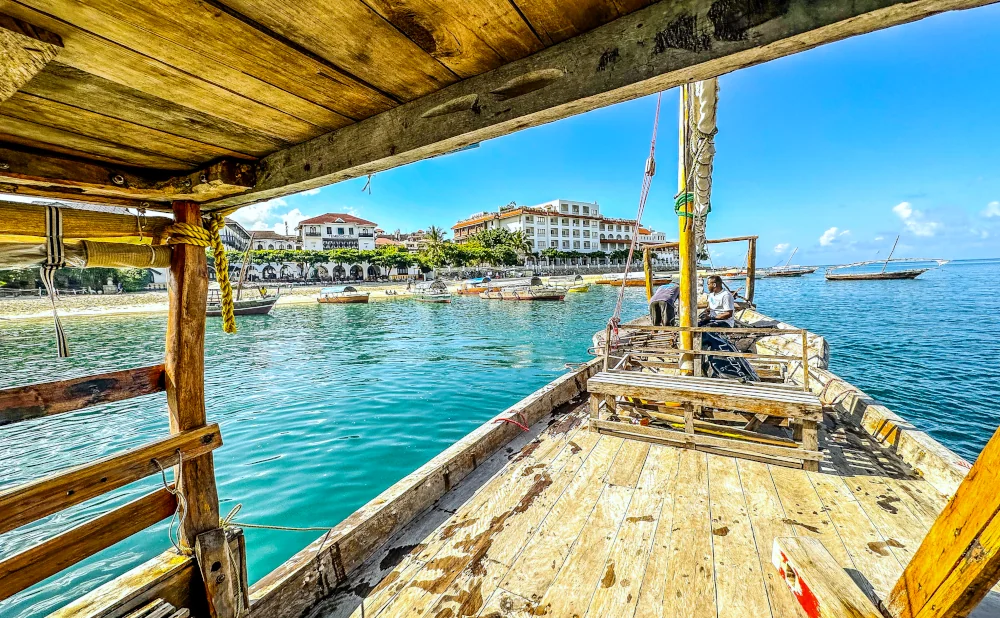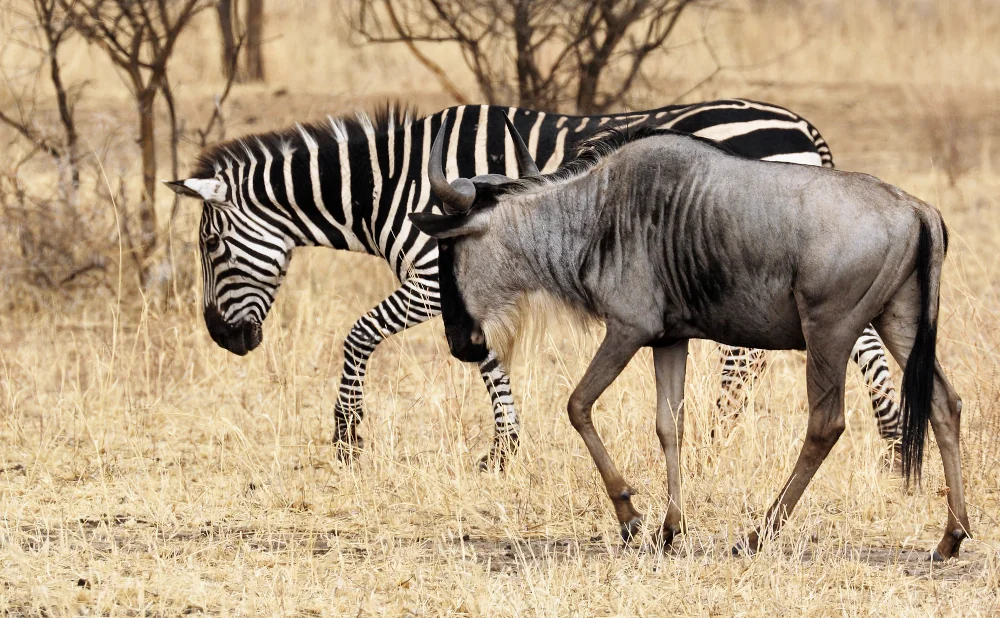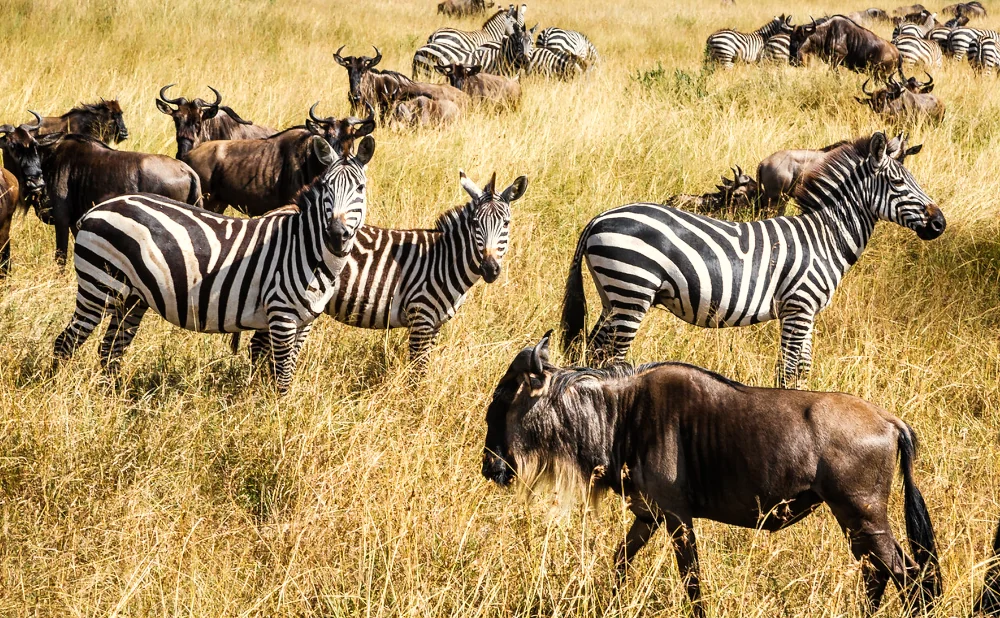where is masai mara national reserve located
When planning a safari adventure, many travelers wonder: where is the Masai Mara National Reserve located? Known for its incredible biodiversity and the annual Great Migration, this world-famous reserve is a must-visit destination for nature enthusiasts. In this article, we'll explore the location of the Masai Mara National Reserve, how to get there, and what makes it such a special place.
The Geographical Location of Masai Mara
The Masai Mara National Reserve is located in southwestern Kenya, East Africa. It forms part of the larger Mara-Serengeti ecosystem, which spans over 25,000 square kilometers and extends into northern Tanzania's Serengeti National Park. The reserve itself covers an area of approximately 1,510 square kilometers and is bordered by the Serengeti to the south, the Siria Escarpment to the west, and the Maasai pastoral ranches to the north, east, and west.
Coordinates and Boundaries
The Masai Mara National Reserve lies between the coordinates 1.4851° S latitude and 35.0235° E longitude. The reserve's boundaries are primarily formed by the Mara River to the east and the Oloololo Escarpment to the west. These natural barriers create a unique landscape that supports an abundant diversity of wildlife.
Accessing the Masai Mara
By Road
Traveling to the Masai Mara National Reserve by road is a popular option for many visitors. From Nairobi, the capital city of Kenya, it takes approximately 5 to 6 hours to reach the reserve by car. The most common route is via the Narok-Maasai Mara road, which is well-maintained and offers scenic views of the Great Rift Valley along the way.
For those preferring a more organized approach, several tour operators offer guided safaris that include transportation from Nairobi to the reserve. This option can be convenient for first-time visitors as it eliminates the need to navigate unfamiliar terrain.
By Air
For a quicker and more comfortable journey, flying to the Masai Mara is an excellent choice. There are several airstrips within the reserve, with Mara Serena and Keekorok being among the most popular. Flights from Nairobi's Wilson Airport to these airstrips take about 45 minutes.
Many local airlines operate daily flights to the Masai Mara, providing a seamless travel experience. Upon arrival, visitors can arrange transfers to their respective lodges or camps within the reserve.
Why Visit the Masai Mara National Reserve?
The Great Migration
One of the main attractions of the Masai Mara National Reserve is the annual Great Migration, where millions of wildebeest, zebras, and gazelles traverse the Mara-Serengeti ecosystem in search of greener pastures. This natural spectacle occurs between July and October, offering visitors a front-row seat to one of the most remarkable wildlife events on the planet.
Abundant Wildlife
The Masai Mara is home to an impressive array of wildlife, including the iconic "Big Five" – lions, leopards, elephants, buffalo, and rhinoceros. In addition to these, the reserve hosts a variety of other species such as cheetahs, giraffes, hippos, and over 450 bird species. The diverse habitats within the reserve, ranging from open grasslands to riverine forests, support this rich biodiversity.
Cultural Experiences
Visiting the Masai Mara also provides opportunities to engage with the local Maasai community. The Maasai people, known for their distinctive customs and vibrant attire, have lived in harmony with the wildlife for centuries. Many lodges and camps offer cultural tours to nearby Maasai villages, where visitors can learn about their traditional way of life and participate in activities such as beadwork and traditional dances.
Planning Your Visit
Best Time to Visit
While the Masai Mara National Reserve is a year-round destination, the best time to visit largely depends on your interests. For those eager to witness the Great Migration, the months of July to October are ideal. However, if you prefer a quieter experience with fewer tourists, consider visiting during the rainy seasons of April to June or November.
Accommodation Options
The Masai Mara offers a wide range of accommodation options to suit different budgets and preferences. From luxury lodges and tented camps to budget-friendly campsites, there's something for everyone. Many establishments are strategically located to provide easy access to popular wildlife viewing areas, ensuring an unforgettable safari experience.
Park Fees and Regulations
When planning your trip, it's essential to be aware of the park fees and regulations. As of now, the entry fee for non-residents is approximately $80 per adult per day. These fees contribute to the conservation efforts and maintenance of the reserve.
Visitors are encouraged to adhere to the park's rules, which include staying on designated tracks, respecting wildlife, and not littering. By following these guidelines, you can help preserve the natural beauty of the Masai Mara for future generations.
In conclusion, the Masai Mara National Reserve is a captivating destination located in southwestern Kenya. Its remarkable wildlife, stunning landscapes, and rich cultural experiences make it a must-visit for any safari enthusiast. Whether you choose to travel by road or air, the journey to the Masai Mara promises to be an unforgettable adventure. Plan your visit today and discover the magic of this extraordinary reserve.











